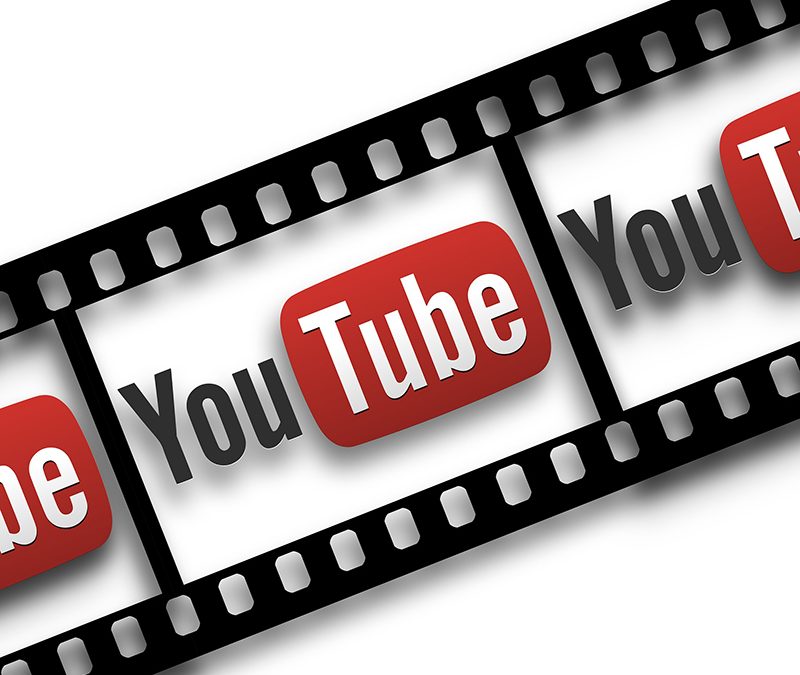When you start to think of your online video efforts as a social, two-way dialogue, people are drawn to it in a way that’s unlike television where interaction is extremely limited. Making interaction a part of your channel is very important. Don’t only talk to your audience, but also listen to them.
You might create a YouTube video for your company, yourself or someone else. Regardless, there are key steps to creating a successful YouTube video in today’s world. Here are ten things to do when creating a video.
- Call-To-Actions. In every video, tell your audience what you would like them to do after watching your video. Is it to subscribe to your channel? To respond to a question? To share it with their social networks? You can give multiple call-to-actions, but avoid giving too many. It works best to give your viewers a single, primary action to take.
- Video Schedule. There’s a reason why television content is scheduled to go live a certain times. Some of it is due to the limitations of the medium, but it’s also because it enables people to make their content a part of their weekly rhythm. Set a schedule of when you’ll post your videos each week so people know when to expect your new content and when to come looking for it.
- Production Value. How important this is for your strategy depends on your message, who you’re trying to reach, what your competition is doing, and other such variables, but in most cases this is not as important as you think. Focus on consistency and the other elements of new media content that builds connection and community.
- Delivery Methods. YouTube subscriptions are a great way to notify your followers of new videos, but could your target audience benefit more from an email list, an RSS feed, a video podcast, or something else? Deliver your content in ways that make the most sense for who you want to reach with your message.
- Promotion and Discovery. Have a plan for how you intend people will find your content. There are a lot of options here, including video collaborations, paid promotion through Adwords for Video, sponsored Facebook posts, joining other people’s Google+ Hangouts, interacting on blogs, forums, social networks, and more. Be present wherever your target audience hangs out online.
- Channel Setup and Design. Your YouTube channel makes a first-impression to every new visitor. How you design your channel experience will affect a visitor’s first impression. Carefully think through every element of your channel and set it up appropriately, including the header image, the avatar people see when you respond to comments, the playlists that are available, your channel trailer, thumbnails, and more.
- Thumbnails. When your YouTube subscribers are skimming through their subscriptions, what makes your thumbnail stand out so it’s instantly recognizable as your video?
- SEO Value. Learn to write good tags, description text, and titles for your videos. Also focus on category placement, playlists, annotations, caption files, building inbound links, and other practices that influence how your videos rank in search so new new viewers can easily find you.
- Community Management. As we’ve already briefly discussed, integrate into your strategy a plan for interacting with viewers, sparking valuable conversations, and building a human connection and community.
- Valuable Content. It probably goes without saying, but a valuable message that’s communicated in a valuable way is the centerpiece of your strategic path. Without it, new viewers will quickly bounce away from your videos instead of sticking around, subscribing, and interacting.


Recent Comments